Vodka is among the emblematic alcoholic drinks that appeal to both men and women. The drink is made on the basis of water and ethanol. There exist several types of vodka. Some of them have no smell, color and taste. Others are enriched with various aromas and colors. Some have a fruit taste. Vodka is produced in numerous countries, among which are Russia, Poland, the Ukraine, Estonia, Latvia and Czech Republic, with the drink being traditional among the Russians. The alcohol content is usually around 40% alcohol by volume but it can be higher.
Production of Vodka
This type of alcohol is made from rectified spirits, with boiled water used as a diluent. Other additives used in the production of this alcohol are sugar, sodium carbonate, herbal mixtures, rye, barley, potatoes. Vodka is filtered through quartz sand and activated carbon in order to yield a liquid with a transparent, clear color. The name of the drink originates from the word voda meaning water, given due to the similarity between the 2 liquids.
Vodka owes its beginnings to Eastern Europe, with there being several countries where its production is popular. Curiously, the different nations make it each in their own way, thus making a unique contribution. The largest producers of this type of alcohol are considered to be Russia and the Ukraine. They distill the liquid from rye, with the best production offered on Western markets.
The Polish also produce vodka, using tomatoes and grains in their version. The Finns, Lithuanians and Latvians prefer using wheat. The Americans and Canadians go for vodka made from molasses and grain. The Japanese also make vodka but production is generally lower in that part of the world.

History of Vodka
According to some sources, the prototype for today's vodka was made back in the 9th century by an Arab physician. At that time, the liquid was intended for medical use. Later, in Europe, the recipe was developed by the Italian monk-alchemist Valentius. In the 15th century, the vodka reached Russia as well, where it became an inseparable element of the holidays and traditions of the populace.
Peter the Great created the so-called pertsovka by adding a red chili pepper to the spirit. Today, the Russians have a vodka museum, initially it was located in St. Petersburg but was later moved to Moscow. It contains a myriad of vodka bottles, the oldest one from the 18th century. All of them are empty though, since the drinks were simply too tempting to be left untouched.
Storing and Serving Vodka
As a rule, vodka is consumed very cold. It can be placed for an hour in the freezer prior to serving. When well cooled, the vodka thickens. Pour it into small glasses, similar to shot glasses. They too need to be cooled ahead of time. Larger glasses with a stem can be used as well. A vodka should be drunk in 1 gulp, while eating an appetizer right after. Traditional vodka appetizers are pickles and marinated mushrooms. Other suitable foods include herring, salo, Russian salad and pelmeni. Russians enjoy eating borscht and baked meat with their vodka too.
Cooking with Vodka
Vodka is a highly widespread alcoholic drink that is drunk as a standalone or mixed with other alcoholic and nonalcoholic beverages. In the different cocktails it is mixed with champagne, red wine, various types of liqueur, mint, vermouth, brandy, gin and others. Vodka can be combined with all kinds of fruit juices and sodas. You can also pour in an aromatic vodka to a warm coffee or tea. For many years, vodka has been a part of Russian cuisine.

It is used to make jams and jellies, is added to soups, stews, fish and meat dishes. Boiled and roasted specialties can be perfectly complemented with just 1-2 tbsp of the spirit elixir. Several drops of vodka are capable of providing charm to baked goods such as cakes, biscuits and cookies. Fruit salads can be improved with vodka also.
Benefits of Vodka
If drunk responsibly, vodka can be beneficial to our health. It warms the body and improves circulation. It has disinfecting effects, meaning it can applied to surface wounds without a problem. Vodka has an overall strengthening effect and is especially good for the cold winter months when we're most vulnerable to cold and flu. Consumption of vodka in small doses improves heart function and strengthens the blood vessels. Among the positive qualities of vodka is its ability to relax and reduce pain.
Folk Medicine with Vodka
The use of vodka as a type of medical treatment has been solidified in Russia's folk medicine. In case you are suffering from sore throat and have tried nearly everything to no avail, you can try a vodka treatment as well. To make it, take 2 tbsp of the drink and dilute them with 1 cup (250 ml) water. Add 2 tbsp of honey and 1 tbsp lemon juice. Mix everything and drink. After several hours, repeat the procedure.
Dangers of Vodka
Since vodka is an alcoholic drink it should not be consumed often and in large amounts. Consumption of vodka is not recommended for pregnant women, as well as elderly people suffering from serious advanced diseases.

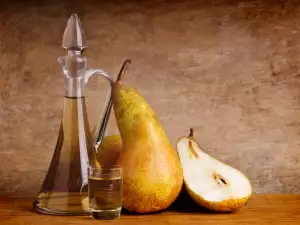

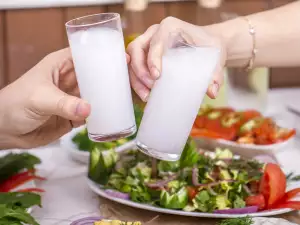

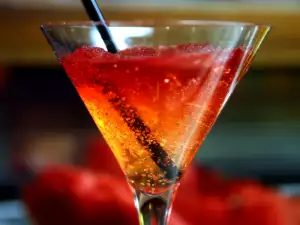

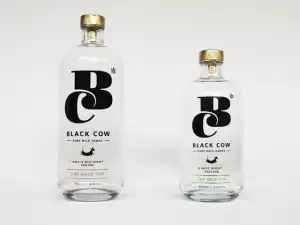

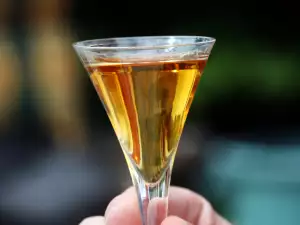









Comments